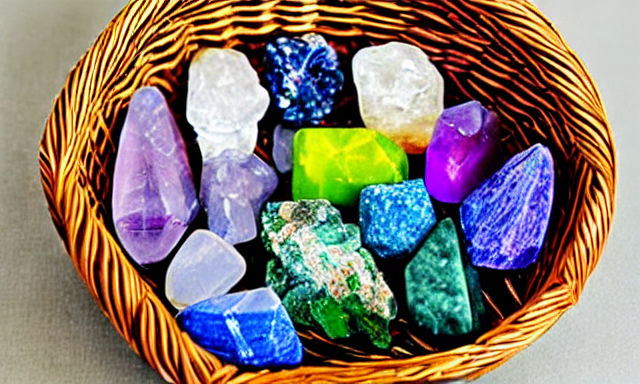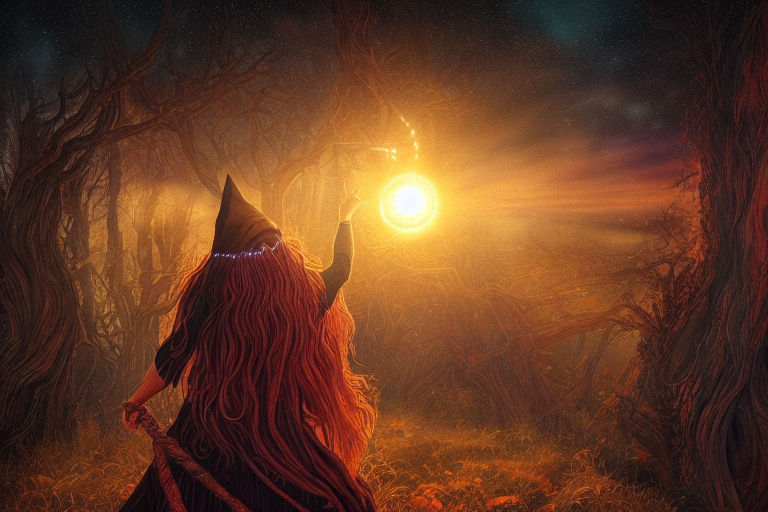24 Herbs for Magick
Alfalfa: Common name: Lucerne. Botanical name: Medicago sativa. Alfalfa is a member of the pea family and is native to western Asia and the eastern Mediterranean region
When you make a purchase through links on our site, we may earn an affiliate commission. As an Amazon Associate I earn from qualifying purchases..
Aloe: The gel is used topically on wounds and burns to help them heal more rapidly. Taken internally, it is considered a general tonic.
Ashwagandha: Botanical name: Withania somniferum. Ashwagandha, which belongs to the pepper family, is found in India and Africa. The roots of ashwagandha are used medicinally
Asparagus Root: Long treasured by herbalists in China and India, it is gaining popularity in the western world as well. In traditional Chinese medicine, it is known as a “yin” tonic. Small doses taken regularly are believed to enhance feelings of love and compassion.
Astragalus: A Chinese immune system booster, heals burns and abscesses, offsets adverse effects of cancer therapy, protects the heart against viral damage.
Boswellia: Common name: Salai guggal. Botanical name: Boswellia serrata. Boswellia is a moderate to large branching tree found in the dry hilly areas of India. When the tree trunk is tapped, a gummy oleoresin is exuded. A purified extract of this resin is used in modern herbal preparations.
Calendula: Calendula is a wound healer both internally and externally. It can be used to treat gastritis and duodenal ulcers and it can break your fever or alleviate menstrual cramps.
Chamomile: Used commonly to help with sleep and calm the nerves.
Chickweed: The ubiquitous, small, green chickweed plant grows across the United States and originated in Europe. The leaves, stems, and flowers are used in botanical medicine.
Coffee: Coffee combats drowsiness, temporarily boosts athletic performance, eases congestion due to colds and flu, prevents asthma attacks and enhances the pain relieving effects of aspirin.
Elderberry: The flowers were formerly prized for use in salves and ointments, and the juice of the berries was valued as a tonic.
Ephedra: It has been used since ancient times to treat asthma and upper respiratory infections.
Garlic: Once thought to possess magical powers against evil, garlic was widely used in charms and spells… Many of the legends surrounding garlic have to do with strength, speed and endurance.
Ginger: An ancient Indian proverb states that everything good is found in ginger. There’s quite a bit of truth in that. Ginger is a versatile healing herb.
Ginseng: The root that promises wisdom and long life, not to mention its reputation as an aphrodisiac. Used for more than two millennia in China.
Hawthorne: The hawthorn, a small thorny tree belonging to the rose family, has long been a symbol of hope and happiness.
Meadowsweet: Botanical name: Filipendula ulmaria. Meadowsweet is found in northern and southern Europe, North America, and northern Asia. The flowers and flowering top are primarily used in herbal preparations.
Parsley: By the middle ages, parsley made its appearance in herbal medicines. It has been given credit for curing a great range of human ills, especially those having to do with the kidneys and liver.
Red clover: Red clover has been used in connection with cough, eczema, and menopause.
St. John’s Wort: St John’s Wort is a common roadside weed that is tied by both name and legend to religion and witchcraft. It is commonly used for stress, and as an anti-depressant.
Sarsaparilla: The root is used therapeutically.
Tea Tree: Commonly used for cuts and bruises.
White Willow: Weeping Willow is the graceful tree that provides nature’s aspirin.
Witch Hazel: Witch hazel is a popular home remedy for cuts, bruises, hemorrhoids and sore muscles.











